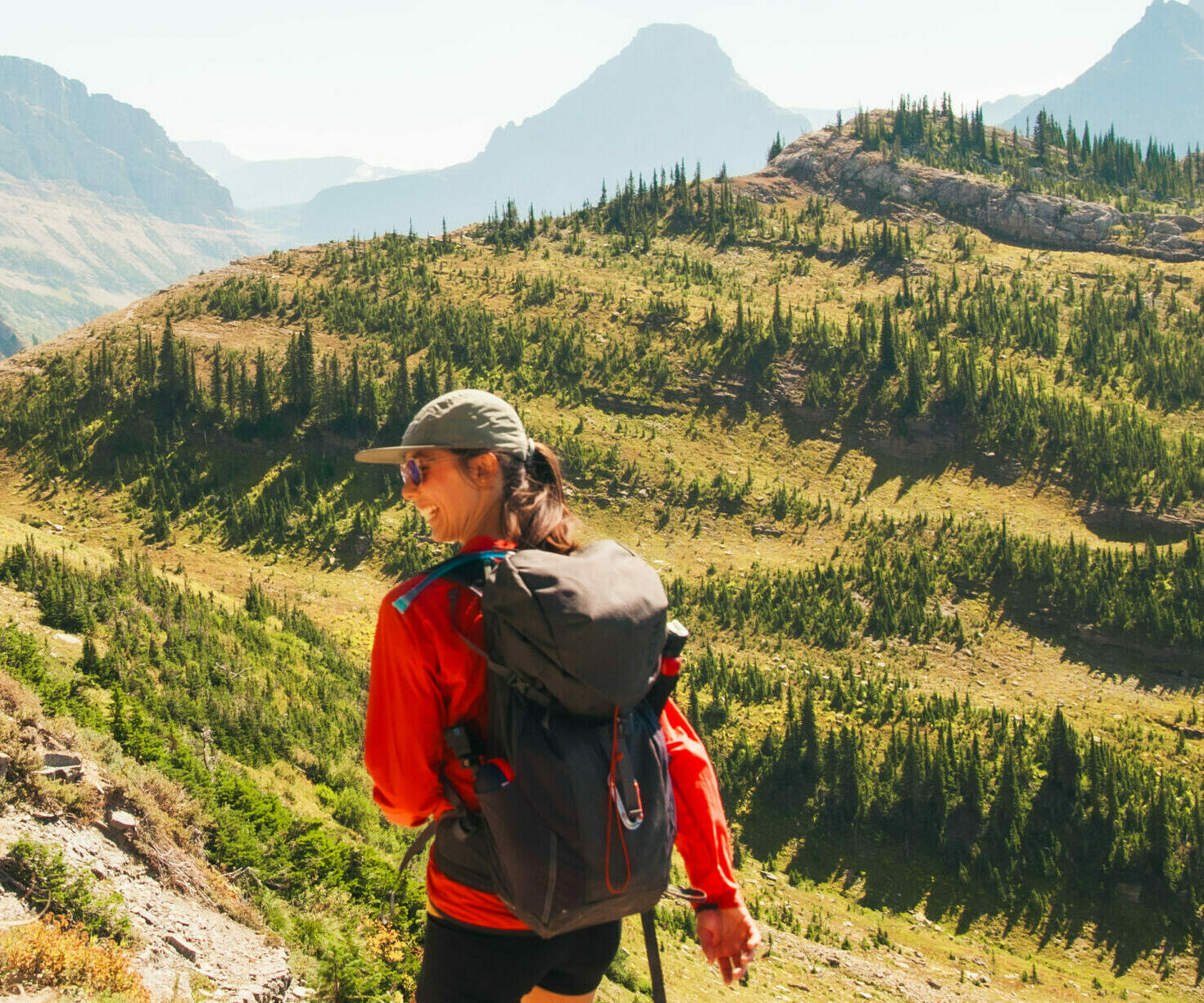News & Updates
5 Tips for Beginners to Get into Hiking


Hiking is a fantastic way to explore the outdoors, improve your fitness, and find peace and relaxation. If you’re new to hiking, getting started might seem a bit daunting, but with the right approach, it can become a rewarding and enjoyable activity. Here are five tips to help beginners get into hiking while also embracing some key Leave No Trace principles to ensure you hike responsibly.
- Start Small and Build Up
Tip: Begin with easy trails that match your fitness level.
Starting with shorter, less challenging hikes allows you to gradually build your stamina and confidence. Look for local parks or nature reserves with well-marked trails. As you gain experience and strength, you can progress to more demanding hikes.
Leave No Trace Principle: Plan Ahead and Prepare
Research your chosen trail before heading out. Check the weather, understand the trail conditions, and ensure you have the right gear. Take a close look at the trail map — there may be options to easily adjust your route based on how you feel that day.
Being prepared helps you avoid unnecessary risks and makes your hike more enjoyable.
2. Wear the Right Gear
Tip: Bring layers for unpredictable weather
Choose shoes that provide support and have good traction. Dress in layers to adapt to changing weather conditions, and bring a hat, sunglasses, and sunscreen to protect yourself from the sun. A small backpack or waist pack with water, snacks, and perhaps a small first aid kit can be a huge advantage. Consider the 10 Essentials here.
Leave No Trace Principle: Travel and Camp on Durable Surfaces
Sticking to the trail helps protect the environment and ensures your safety, and wearing the right gear minimizes the risk of injury. It helps you stay on track without damaging surrounding vegetation. Be sure to choose footwear that allows you to walk through any puddles or muddy spots, as opposed to having to step around them, which widens the trails.
3. Stay Hydrated and Fueled
Tip: Bring enough water and snacks to keep your energy levels up.
Proper hydration and nutrition are vital for an enjoyable hike. Pack plenty of water, and consider using a hydration pack for easy access. Bring energy-boosting snacks like nuts, trail mix, or granola bars to keep you fueled throughout your hike. At higher altitudes, especially once you’re above 5,000 feet, your body works harder, and your respiration goes up, meaning you need more water and food than at lower elevations.
Leave No Trace Principle: Dispose of Waste Properly
Pack out all trash, including food wrappers and leftover snacks (nut shells, fruit peels, and fruit cores). Use a resealable bag to carry out food-related waste. Use the restrooms at the trailhead to help avoid emergency “pit stops” on the trail. If you need to relieve yourself in the woods, be sure to move 200 feet (70 big strides) away from the trail, campsites, or any water source. Dig a cathole at least 6 inches into the ground to contain your human waste, refill the hole with soil, and carefully cover everything with ground materials. Keeping the woods clean preserves their beauty and protects wildlife from human-borne diseases. Additionally, plan ahead to pack out the toilet paper with you in a plastic bag. This practice leaves the least impact on the area. Otherwise, use as little as possible and bury it deeply in the cat hole.
4. Learn Basic Navigation Skills
Tip: Familiarize yourself with maps, compasses, and GPS devices.
Understanding how to navigate using a map and compass or a GPS device can prevent you from getting lost. Even on well-marked trails, having basic navigation skills ensures you can find your way if signs are unclear or weather conditions change. Smartphones can be useful navigation tools, but be aware that paper maps are less susceptible to battery failure, lack of cell signal, or getting dropped in a puddle.
Leave No Trace Principle: Leave What You Find
As you navigate, appreciate the natural and cultural features you encounter without disturbing them. Take photos, but leave rocks, plants, and historical artifacts as you found them to preserve the environment for others and wildlife.
5. Hike with a Buddy
Tip: Bring a friend or join a hiking group.
If you’re new to hiking and unsure where to start, bring a companion! Not only does it enhance safety, but sharing an adventure with others can create awesome memories. If you hike alone, make sure to tell someone your plan for where you’re going and what time they should expect you to be back.
Leave No Trace Principle: Be Considerate of Others.
When hiking with others, be mindful of your noise levels and respect the serenity of nature. Yield to other hikers, step aside to let faster groups pass and follow any trail etiquette specific to the area. A friendly greeting or a polite nod goes a long way toward making any trail encounter more pleasant.
Getting into hiking as a beginner can be a rewarding journey that connects you with nature and improves your physical and mental well-being. By starting small, wearing the right gear, staying hydrated, learning navigation skills, and hiking with a buddy, you set yourself up for success. Incorporating Leave No Trace principles ensures that your hiking adventures are environmentally responsible, preserving the natural beauty for future hikers. So, lace up your hiking shoes, pack your essentials, and hit the trail with confidence and respect for the environment. Happy hiking!
Let’s protect and enjoy our natural world together
Get the latest in Leave No Trace eNews in your inbox so you can stay informed and involved.
